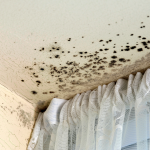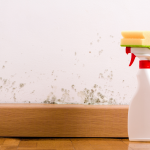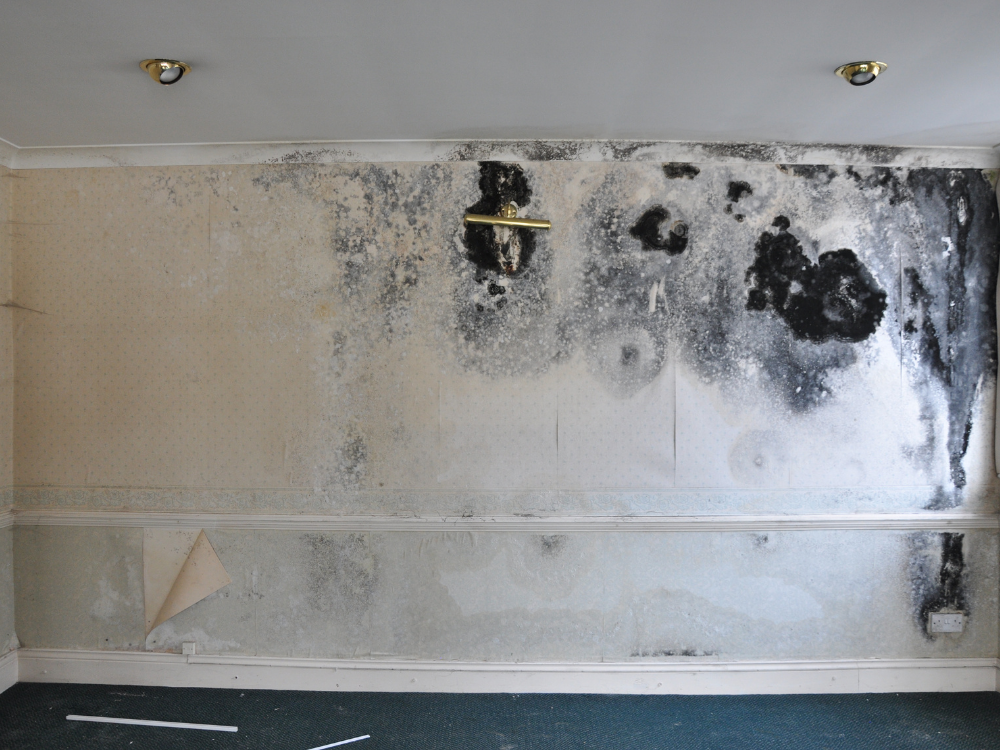Recently, there has been an uptick in mould across Australian homes, particularly over the eastern coast, where significant rainfall has been seen. According to mould removalists, the increased humidity has resulted in a surge in mould infestations.
While experts point out that mould is almost everywhere and plays a critical role in ecosystems, mould inside the home is another matter, and mould blooms brought on by leaks or damp conditions can be damaging to human health.
Holly Jones, a researcher at the healthy housing unit at the University of Melbourne’s school of population and global health, says that “There’s always mould in every house, but it needs dampness to grow, and there’s a lot [of dampness] at the moment because of the floods and rain.”
“What causes illness is certain species of mould being more concentrated … so by keeping your house dry, you’re keeping that in check.”
The difficulty in addressing mould is correctly identifying it, and experts note that it often flourishes in dark spaces in buildings that are not always easily accessible. However, the impact upon health, can be the first sign after a distinct smell.
Mould spores, which it uses to reproduce, are carried in the air and can trigger respiratory and allergy-like symptoms, including wheezing, coughing, nasal congestion or itchy eyes. It can also worsen existing respiratory conditions like asthma.
“All of our organs and surfaces have barriers, and mould is something that can irritate those barriers and open up that junction,” Sheryl Van Nunen, immunologist and allergy specialist, told the Sydney Morning Herald.
“Mould can give you asthma, it can exacerbate your asthma, and it can keep your asthma going or have it become chronic.”
Most people are not affected by small amounts of mould, nor do they see serious health consequences. However, some community groups are more likely to be affected by mould, including those who are allergy-prone, children, infants and older people. Pregnant women are also suceptible to the risks of mould exposure.
Mould exposure is listed as an established respiratory illness, and has also been linked to a biotoxin-related illness known as Chonic Inflammatory Response Syndrome. CIRS symptoms include chronic fatigue, allergies, headaches, mood swings and night sweats. It often takes a significant amount of time for people with CIRS to make the connection between the building they live in and their condition.
In 2018, a parliamentary inquiry into CIRS called for more research into the potential health effects of mould exposure, with medical experts noting there was a lack of evidence to prove causation between “exposure to biotoxins and unexplained complex symptoms”.
The variabilities in mould exposure, including the level of mould in the building, length of exposure, and other factors make it difficult for researchers to better understand CIRS.
Despite that, it is widely accepted that exposure to mould, and damp living conditions where it is prevalent, increases the risk of poor health outcomes.
According to WHO estimates, 10 – 50% of Australian homes are affected by mould, and it is likely that the majority of that population is in low-income communities.




